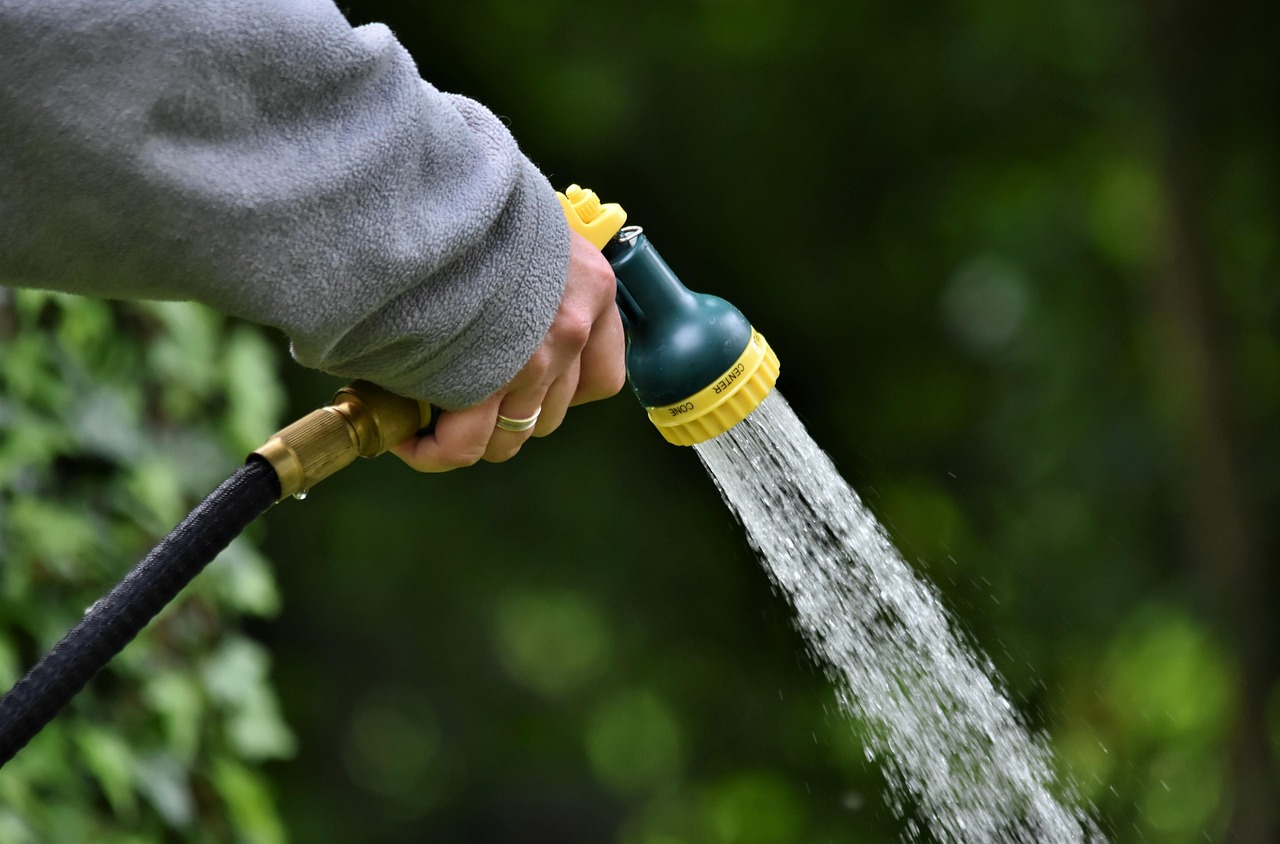The hydrologic cycle, more commonly known as the water cycle, is a process where water is continually moving around the earth through precipitation, evaporation, and transpiration.
Precipitation is water in any form that falls from the sky. Evaporation is when water changes from a liquid to a gas after being heated by the sun. Transpiration is when water changes from a liquid to a gas after being absorbed through plant roots and then entering the atmosphere through the leaves.
Groundwater is water found underground in the cracks and spaces in soil and rock. Precipitation can help to increase groundwater levels if the precipitation is able to infiltrate deep enough through soil, rock, and gravel in the ground. Groundwater reaches aquifers, which is the saturated zone of the soil, rock, and gravel in the ground. Wells are drilled into aquifers to access water. The top of the aquifer, where the saturated zone meets the unsaturated zone, is called the water table.
Groundwater aquifers also serve to supply water to streams and other surface water. If not for groundwater, streams would dry up during the driest part of summer when it may not rain for weeks. In urban areas, groundwater recharge is reduced due to pavement, roofs, and other impervious surfaces.
On Earth, only 1 percent of water can be used for drinking. Additionally, groundwater is used for industry, mining, and agricultural purposes.
Water Pollution
Water can become contaminated by both point source pollution, which is pollution from a specific and identifiable source, and non point source pollution, which is pollution from a less identifiable source, often spread over several areas, and can be mobilized by rainfall or snowmelt.
Point source pollution examples include:
- Factory waste from a pipe
- Discharge from manufacturing plant
- Waste water treatment facility outfall
Non-point source pollution examples include:
- Fertilizer in garden
- Dog waste in yard
- Motor oil residue on roads
In addition to other pollutants, pesticides, if not used appropriately, can contaminate both surface water and groundwater. The contamination can be effected by the weather, environment, soil conditions, and human activities. For example, sandy soil has larger soil particles and is more prone to pesticide leaching, which occurs when a pesticide moves through the soil to reach groundwater. Certain characteristics that make a pesticide more prone to leaching include:
- High solubility, meaning the pesticide can easily move in water
- Low adsorption, meaning the pesticide does not easily bind to the soil particles
- Persistent, meaning the pesticide does not easily break down in the environment
Point source pollution examples from pesticides include:
- Improper disposal of pesticide containers and pesticides, such as dumping excess pesticides down storm sewers and other locations.
- Pesticide use in vulnerable areas such as sandy soil, sinkholes, and shallow groundwater.
- Pesticides spills at mixing, loading, and equipment clean-up sites.
- Pesticide use around wells or other known water sources.
- Back-siphoning of pesticides into water sources.
- Any way that pesticides are not mixed, used, stored, and disposed of according to label directions.
Non-point source pollution from pesticides includes pesticides moving from large areas into water or groundwater, like what might occur after a rainfall, such as if pesticides are applied to fields and lawns prior to rainfall.
Water Protection
Best management practices (BMPs) are methods that can improve efficiency, optimize resources, and can prevent or help reduce pollution. If applying pesticides, BMPs should be used, which promote environmental stewardship and help prevent pesticide contamination of water. Best management practices with pesticides around water include:
- Determine need to use pesticide products and perform spot treatments when possible.
- Apply pesticides according to the label directions.
- Identify vulnerable areas such as sandy soil, sinkholes, wells, and shallow groundwater.
- Secure storage areas to prevent unintentional chemical exposure.
- Ensure chemicals are tightly closed and monitor for tears to prevent spills or leaks.
- Maintain a 100 foot buffer zone around wells, streams, rivers, and other known water sources when mixing, loading, and applying pesticides.
- Avoid back-siphoning of pesticides.
- Incorporate pesticides into the soil to reduce runoff.
- Have buffer strips to catch sediment and help slow runoff movement.
- Monitor weather to properly time pesticide applications.
- Regularly calibrate equipment.
- Handle pesticides and equipment safely.
- Seek assistance with any questions from Extension Educators and Department of Agriculture affiliates.
Other best management practices to help prevent water contamination include:
- Reduce or eliminate fertilizer use.
- Prevent chemicals from leaking.
- Pick up trash and animal waste.
- Be aware of oil residues from vehicles.
